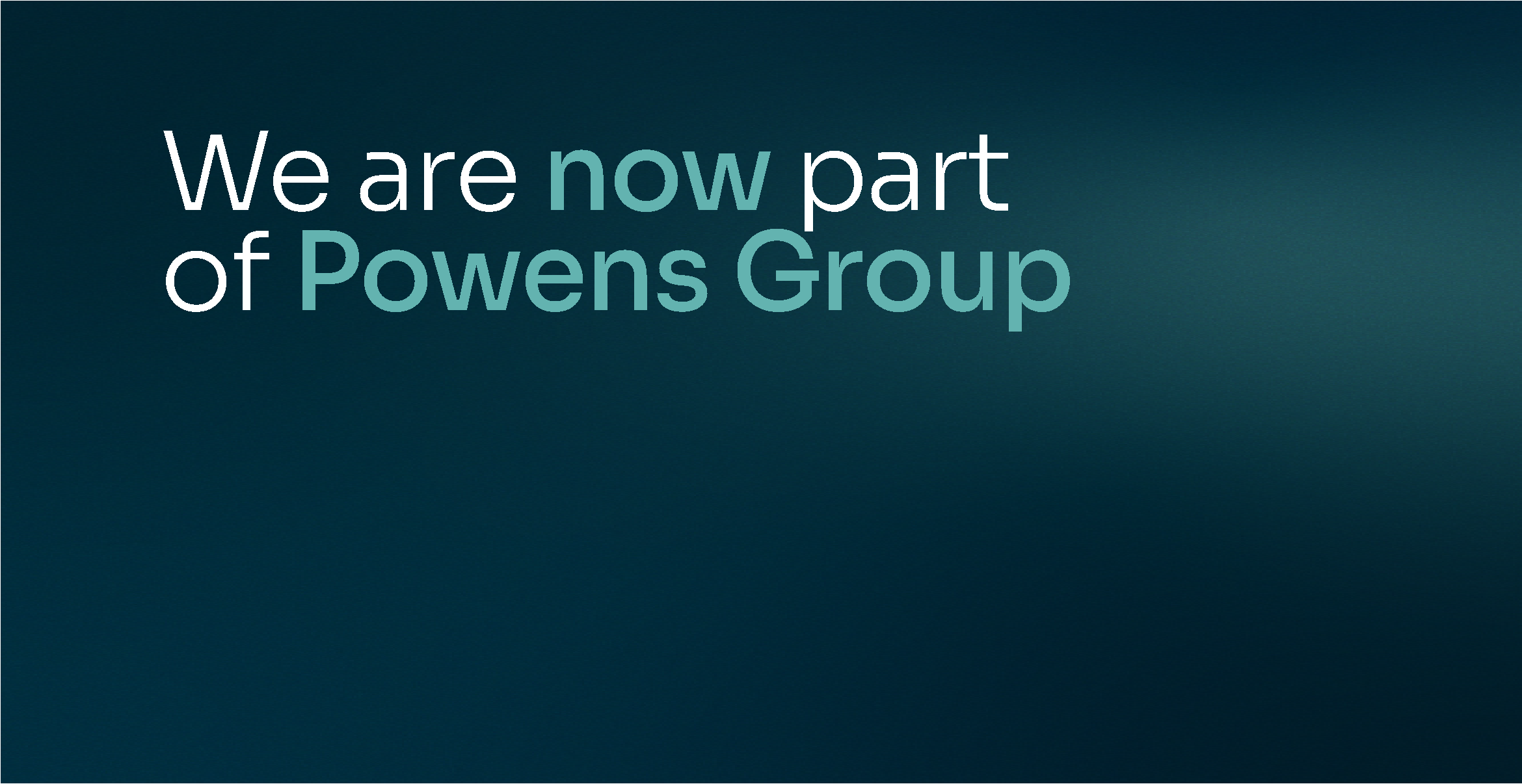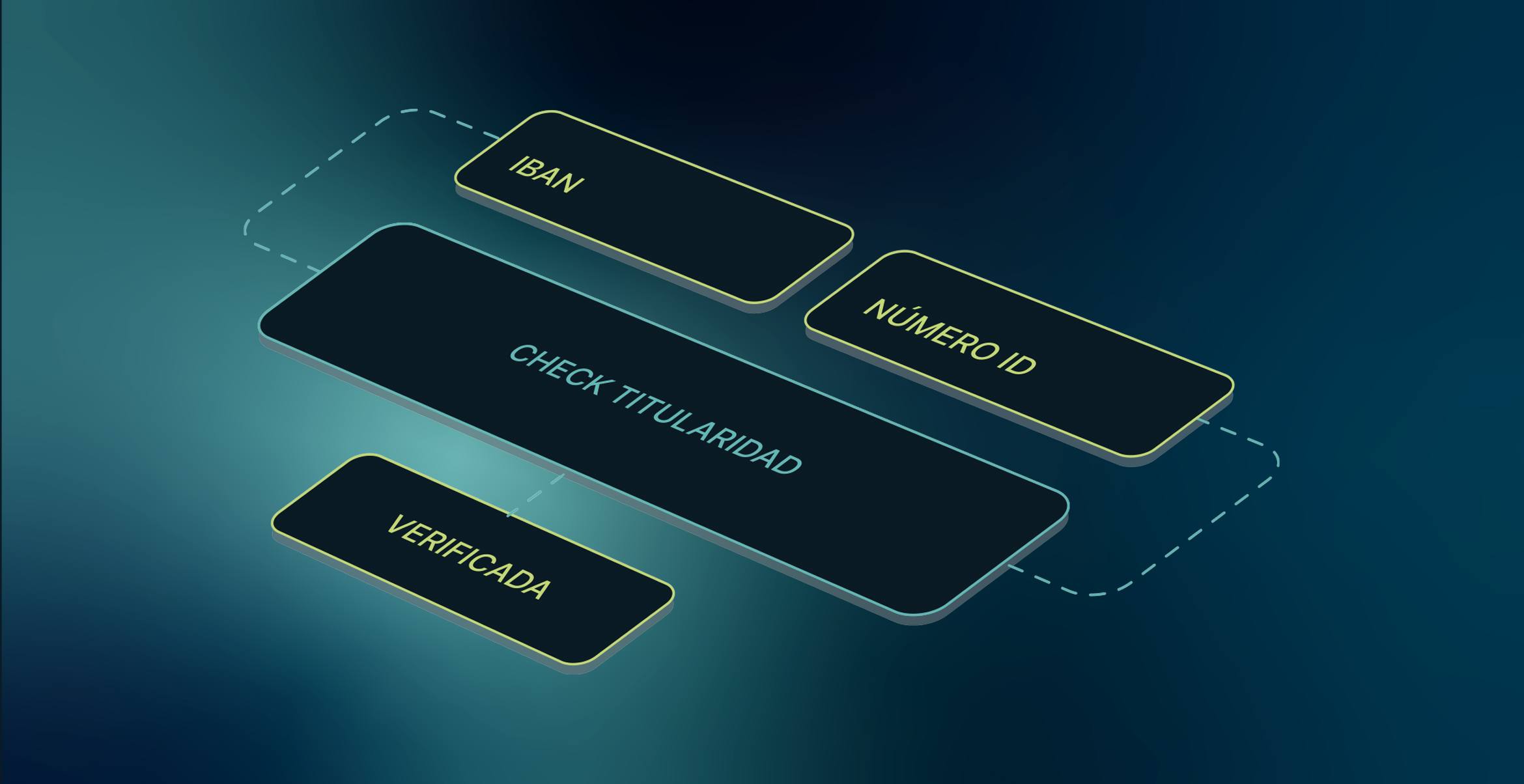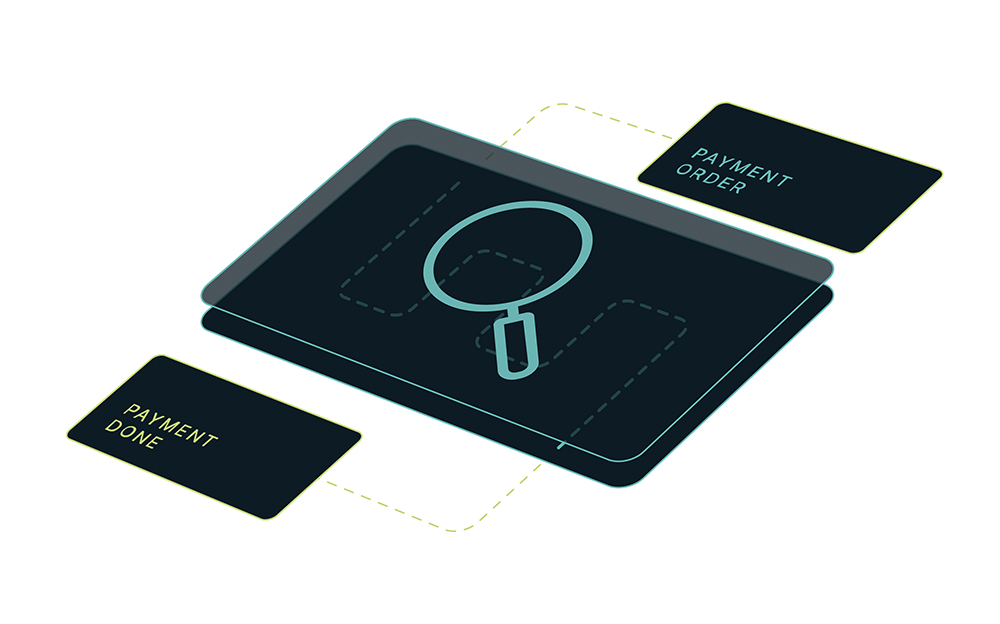Few phrases in business grab the eyes and ears of decision-makers more than building customer loyalty.
The reason is simple. Recurring customers have a higher lifetime value, which means ROI on marketing and sales activities goes up and it becomes much easier to break even on customer acquisition costs.
This is especially true for financial services companies because, unlike other products that are pay-in-advance or pay-as-you-go, lenders receive deferred payment on credit they grant. Whenever payment is deferred, risk becomes a factor. A borrower can pay late, default, or attempt to commit fraud. First-time customers are by definition riskier than repeating customers because lenders have no frame of reference to estimate risk accurately.
By keeping clients coming back, companies not only make their marketing strategies more cost-effective but also create long-lasting revenue streams.
The challenge of building loyalty for lending companies
For retail lenders, though, measuring loyalty doesn’t mesh with many conventional definitions. The consumer credit business is competitive and full of risks. There’s a constant stream of new lenders into the market, eager to diversify their revenue streams by tapping into growing demand. Even in the best of times, minimizing the amount of non-performing loans (NPL) on the books is a balancing act. In today’s uncertain economic environment, the risk of defaults and arrears will only proliferate.
For borrowers, their goal is clear: quickly receive credit at the best terms possible. The share-of-wallet winners in this domain deliver loans within minutes, regardless of the state of their user interface.
This demand for near-instant credit creates unique problems for lenders. On the one hand, faster issuance means more business. On the other, granting credit without fully understanding the borrower creates financial risk and bad user experience. The lack of accurate insights on borrowers compounds this problem further.
But despite this paradox, loyalty will play a leading role in consumer finance. Louise Beaumont, chairwoman of the Open Banking Working Group, wrote in the Financial Brand that: “Loyalty in financial services will focus on becoming far more customer-centric […and] engaging with the consumer as an individual. The more consumers choose to share, the more they enable highly personalized and pleasurable services to wrap around the relationship.”
Considering this importance, how can a borrower build valuable loyalty and repeat business while making the right decisions?
Why traditional client assessment practices won’t build loyalty in a volatile economy.
When lenders assessed a new potential borrower, they traditionally relied on a handful of credit bureaus and agencies to know their customers.
This information, while thorough, only painted a partial, static picture of the borrower’s financial profile. Without real-time information, issuers were cautious in granting their first loan, using terms and rates less favorable than they would give to repeat customers.
For a long time, this model worked. Getting a loan was a tedious process. If a potential creditor didn’t have to go to a branch in person, the online application would take hours, if not days, for approval.
However, rapid changes in internet technology combined with a soured economy, have radically altered consumer expectations and habits.
Today, consumers expect to have not only their loan approved but also cash in hand within hours, not days. For borrowers, the old tools for assigning risk and issuing loans cannot keep up with these new demands.
Indeed, trying to apply the old system to today’s consumers exposes lenders to higher potential default and arrears rates. Considering how borrowers behind their loans will have an inherently poor experience, the risk for lenders will lose not only money but also valuable repeat business.
With the upcoming economic outlook dire, the traditional way of issuing credit looks even more dated. Building and maintaining loyalty will be the only viable way forward for consumer finance. For lenders, embracing technology will be paramount to meeting this challenge, generating loyalty, and staying relevant in the coming years.
How Open Banking technology builds loyalty and market share
Lenders who want to know their customers and write loyalty-building loans must learn as much about their borrowers as possible. Account aggregation services provide lenders with a holistic, real-time picture of their borrowers’ financial picture. The advantages of aggregating information are clear and far-reaching.
For one, they give lenders a detailed and accurate view of a consumer’s exact financial profile. This intelligence enables silos across the company to operate more efficiently.
The credit department can issue more accurate risk scores. In turn, defaults, arrears, and the overall number of non-performing loans (NPL) drop markedly. Better diversification in the loan portfolio increases overall profitability. From a marketing perspective, more bespoke data reduce conversion costs and individualizes campaigns and loyalty-building content.
Second, real-time, automated analysis means that lenders do not have to spend hours retrieving and analyzing an assortment of sources. Productivity gains aside, instant responses to loan applications significantly boost user experience and loyalty. In an age when seconds count, having as much information available for the decision-making process is crucial.
Finally, account aggregation offers a continuous stream of information. Lenders can leverage constant data flow to propose new, more personalized products to their existing customers, even outside of loans. This level of tailored engagement builds loyalty and profitable long-term relations.
Technology’s advantage to build loyalty in consumer finance is gaining serious attention. Bain & Company’s 2018 study on loyalty in financial services found that tech-driven online banking and lending platforms held dominant retail loyalty ratings over traditional competitors.
While gathering information from various sources is already a good start, best practice in today’s lending environment means data centralization. Doing so makes the steps above even more accessible. As Victanis wrote on their blog: “Setting up a centralized customer-data platform (CDP) to unify paid and owned data from across channels is essential to […] [d]evelop[ing] the means to understand the needs of high-value customers on an ongoing basis.”
We couldn’t agree more.
The immediate economic outlook is anything but certain. The combination of shifting consumer habits, unprecedented financial innovation, and the aftermath of the great lockdowns creates a never before seen landscape. What is indisputable is that retail lenders who build and maintain customer loyalty will come out ahead in the years to come. Account aggregation will be the tool that keeps borrowers coming back and lenders out on top.








